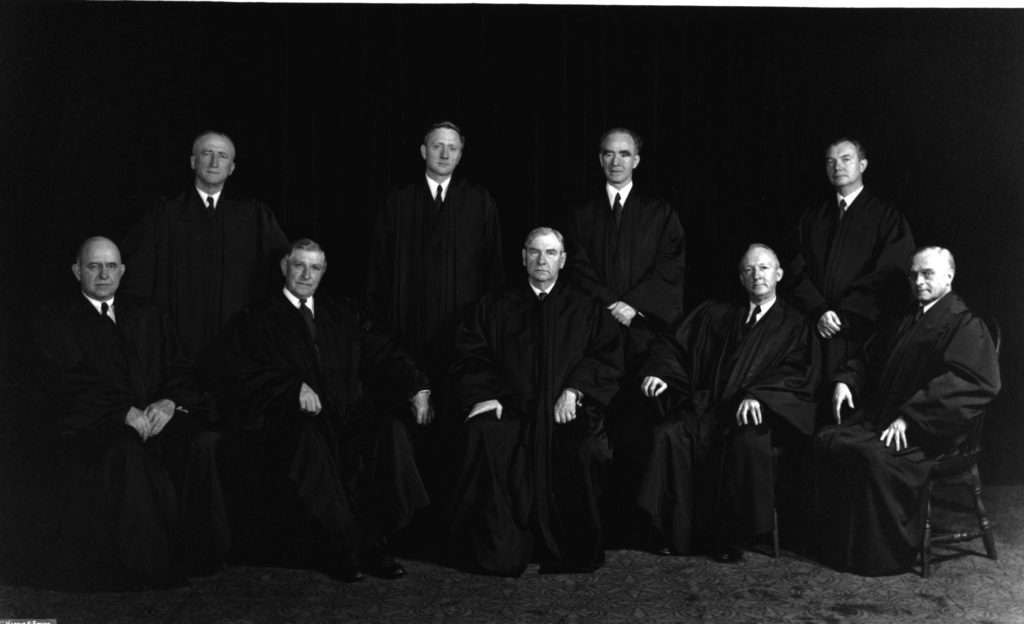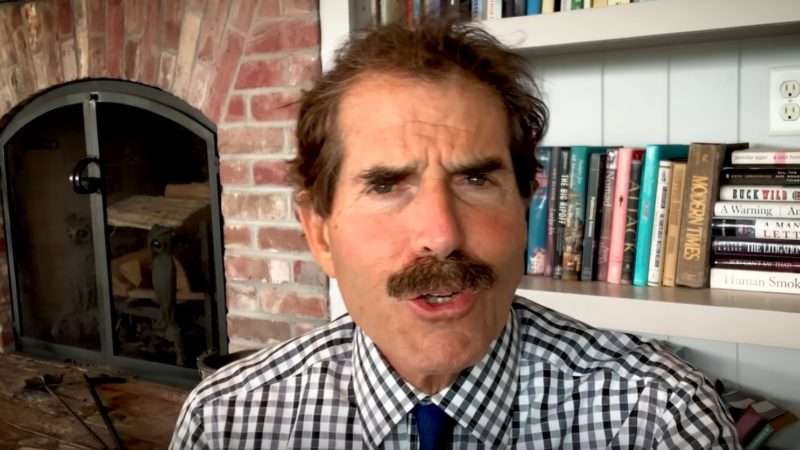
Earlier this year, The New York Times looked at different editions of the same public-school textbooks published in California and Texas and found them spun in opposite directions to suit the ideological tastes of the dominant political factions in those states. It was a handy summary of the long-raging curriculum wars that have seen politicians and activists battling to present their preferred interpretations of the world to the captive audiences in America’s classrooms.
Those are wars which many families will escape this fall as the pandemic and school closures push parents to assume responsibility for teaching their own children and, not incidentally, to pass along their own views and not those prepackaged by government officials. For all the damage COVID-19 and the fumbling human responses to the virus are doing, viewpoint diversity may actually get a boost.
America’s public-school textbooks, the Times story explained, reflect the country’s polarization.
“The books have the same publisher. They credit the same authors. But they are customized for students in different states, and their contents sometimes diverge in ways that reflect the nation’s deepest partisan divides,” Dana Goldstein wrote for the Times in January of this year. “Classroom materials are not only shaded by politics, but are also helping to shape a generation of future voters,” she added.
Shaping a generation of future voters is exactly what many government officials have in mind. Children taught to believe the “correct” things will grow up to vote the “correct” way—or so authorities hope.
Goldstein’s own newspaper joined the fray with its tendentious 1619 Project, which portrays the United States as irreparably stained by racism and slavery, and free-market economics as rooted in human bondage. The project has been turned into classroom materials over the objections of historians who charge it with “a displacement of historical understanding by ideology” and despite the insistence of Nikole Hannah-Jones, the reporter who led the project, that “the 1619 Project is using history and reporting to make an argument. It never pretended to be a history.”
No wonder, as the Cato Institute points out in the intro to its Public Schooling Battle Map, that “rather than build bridges, public schooling often forces people into wrenching conflict.”
But government-run schools are going to have a smaller captive audience this year. While they’ve been slowly losing ground for a long time to charter schools, private schools, and homeschooling, many of them alienated large numbers of families this spring with clumsy responses to the spread of COVID-19. Fumbled implementation of distance learning, cavalier attitudes toward work done remotely, and confusion over when and how (and even if) schools will reopen have parents looking to alternatives.
Interest is way up now across the country in charter schools, private schools, and, especially, various DIY approaches including homeschooling and learning pods or microschools. To millions of families, these independent options hold out a better chance of delivering education safely and effectively than government institutions that keep dropping the ball and are too bureaucratic to handle a world in flux.
Independent education also means a wide range of approaches as to what children are taught, far beyond the red vs. blue, Texas vs. California choice in government-selected textbooks. Parents choosing their children’s education select options that suit them and, to the extent that they care, convey their values or, at least, don’t offend their sensibilities.
Some people, of course, don’t want children to be taught parents’ ideas rather than those of the local ruling party.
“Parents who are ideologically committed to raising children in isolation from the larger society, with views and values counter to much of the education provided in public schools, are not going to be willing or able to provide an education comparable to what schools provide,” argues Harvard Law School’s Elizabeth Bartholet in a much-discussed Arizona Law Review article.
Bartholet favors a “presumptive ban” on homeschooling and believes “policymakers should impose greater restrictions on private schools for many of the same reasons that they should restrict homeschooling.”
Interestingly, Bartholet’s attack on parents who teach their kids “views and values counter to much of the education provided in public schools” was published around the same time The New York Times revealed the spin different textbook review committees put on the materials with which students are taught in government schools. Clearly, she and her allies are OK with ideological content in education—so long as it’s chosen by political officials, not children and parents.
Specifically, opponents of independent education often decry religious and reactionary views among homeschoolers and private schoolers. Those are the viewpoints most typically fingered as being at odds with what is taught in government schools.
But families opting for different educational paths are increasingly likely to be secular. The percentage of homeschoolers identifying themselves as religious in North Carolina, which keeps especially detailed statistics, dropped from 78.3 percent in 1988-1989 to 56.5 percent in 2019-2020 even as the total number of registered home schools (many serving multiple students) rose from 1,385 to 94,863.
And rather than serve as conduits for reactionary views, very often “black parents homeschool to remove their children from what they see as a racially hostile environment” in government schools, reports Mahala Dyer Stewart, a professor of Sociology at Hamilton College. “The middle-class black mothers I interviewed say that despite their college education, salaries and advocacy on behalf of their children, they were unable to protect their children from the racial hostilities at school.”
Importantly, “greater exposure to private schooling instead of traditional public schooling is not associated with any more or less political tolerance, and greater exposure to homeschooling is associated with more political tolerance,” according to research published in 2014 by the Journal of School Choice.
In fact, families that choose independent education are much more diverse in many ways than their critics pretend. So are Americans in general, who possess a range of views more varied and interesting than you’d guess if you went by the two legacy political parties that battle over school curricula and dominate the boards that review textbooks.
This year, as growing numbers of those diverse American families take responsibility for their children’s education away from failing government institutions, they’ll also take responsibility for the contents of that education. The result is going to be an increased range of opinions, values, and interpretations to be shared and debated by students who otherwise would have been doomed to a force-feeding of officially approved ideas. The pandemic may be threatening our health and breaking our economy, but it may, ultimately, expand our minds.
from Latest – Reason.com https://ift.tt/2Di26bK
via IFTTT


